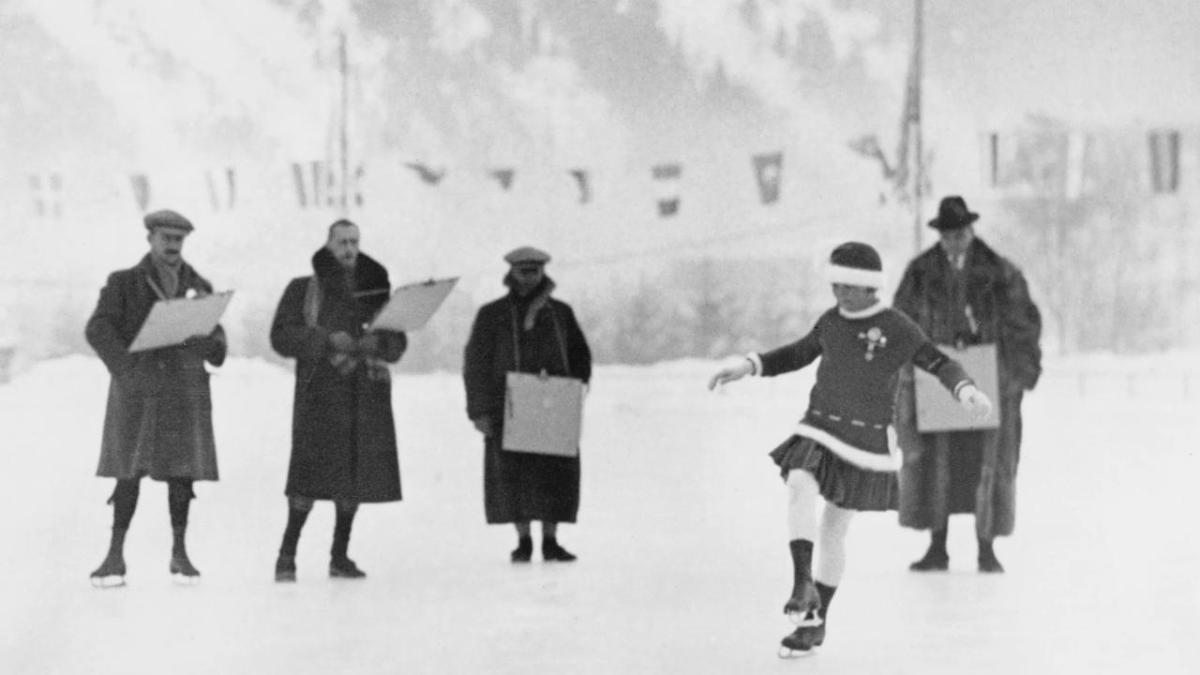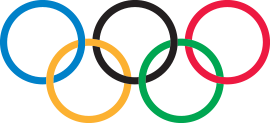Chamonix 1924: How Winter Olympic Hosts Have Evolved
It's 100 years since the first Olympic Winter Games were held. We look back on a century of progress.

International Olympic Committee news
As the athletes paraded through the streets of the French Alpine town of Chamonix in January 1924, few would have imagined this would be the start of the world’s biggest winter sports event.
There were just 258 competitors at the ‘International Winter Sports Week’, held under the patronage of the International Olympic Committee (IOC) in Chamonix at the base of Mont-Blanc. A hundred years on, and those first Olympic Winter Games continue to inspire, not just from the perspective of breaking new ground in sport, but also for how to host an event which leaves a legacy for future generations.
Here, we look back on the 100 years since Chamonix 1924, and the ways hosting a Winter Olympics has changed since those historic Games.
Winter Olympic host selection process
Preparing for a Winter Olympics can take years, both for athletes training and qualifying, and also for organisers who need to put in place logistical plans to safely and smoothly host the multisport event.
Like all subsequent hosts, Chamonix Mont-Blanc was selected by an IOC Session, with the 1921 meeting in Lausanne, Switzerland, deciding who should host what became the first Winter Olympic Games. It was less than three years later that the competitions took place, from 25 January to 5 February 1924, organised by the French Olympic Committee.
Given the complexity of arranging an Olympics, hosts are now usually decided with around double that amount of time before the Games begin.
The awarding of the 2026 Olympic Winter Games to Milano Cortina in Italy was confirmed in 2019, following a two-year-long process which included dialogue with interested parties, a Candidature stage, and a final selection process prior to the vote at the 134th IOC Session.
- Milano Cortina awarded the Olympic Winter Games 2026
- IOC Evaluation Commission confirms passion and expertise of Milano Cortina project shaped by Olympic Agenda 2020
A legacy of sustainability
International Olympic Committee President Thomas Bach highlighted, in an article in the December 2023 edition of the IOC’s Olympic Review magazine, in relation to the Olympic Winter Games, that “the event is at a tipping point" due to the changing climate in many regions, and that the IOC aims “to reduce our impact on the environment", and to “investigate long-term solutions for the hosting of the winter edition of the Games and look at mechanisms to render winter sports more sustainable”.
The projects currently in dialogue with the IOC about potentially hosting the 2030, 2034, and 2038 Winter Games, include a focus on sustainability at their core. Many of the proposed permanent venues are already built and being used for high-level competition, and the IOC’s Future Host Commission for the Olympic Winter Games recommends that, “Proposed snow competition venues should be climate reliable until at least the middle of the next century.”
Recent research shows that 89 per cent of the permanent venues from Olympic Winter Games remain in use. That includes the two permanent venues from Chamonix 1924 – Le Mont ski jumping ramp at the Glacier des Bossons, and the Stade Olympique de Chamonix, which hosted many of the sports events and the Opening and Closing Ceremonies.
Sports events increase
Medals were awarded in 16 events across five sports at Chamonix 1924: Bobsleigh, Curling, Ice Hockey, Skating (figure skating, speed skating), and Nordic skiing (Nordic combined, military patrol, cross-country skiing, ski jumping). The event lasted 11 days, and 16 nations took part across the three venues. A century later, and the Games have expanded, usually now lasting for 16 days with more than 90 National Olympic Committees involved.
The forthcoming Milano-Cortina Games are the 25th Winter Olympics and due to include 116 medal events across 16 disciplines in eight sports. Sports events and disciplines contested at the Games include Alpine Skiing, Luge, Skeleton, Freestyle Skiing, and Snowboarding, with Ski Mountaineering also being added for Milano-Cortina 2026.
The quadrennial Winter Olympics remains the most prestigious event to compete in, or host, with 13 nations on three of the world’s continents having held a Winter Olympic Games so far. Most of those venues have also held one of the regular World Championship competitions, in addition to stops on the top-level global tours each sport organises during every winter season, governed by a recognised International Federation, which also oversees the qualification criteria and works with the hosts and IOC to ensure an optimum number of disciplines and athletes are accommodated at a Winter Games.
Around 2,900 athletes are expected to compete at Milano-Cortina 2026, 47 per cent of whom will be female, as the Olympics moves towards an equal gender balance. Just 4.3 per cent of the competitors at Chamonix 1924 were female, all of whom took part in the figure skating events.
While Chamonix 1924 had three snow venues, more recent Winter Olympic editions have featured mountain hubs for the snow sports, with ice competitions often held in a city centre.
Advances in technology and technique
Chamonix 1924 featured Bobsleigh crews competing in thick woolly jumpers and without helmets, an outdoor figure skating rink, and ice hockey teams competing with no protection or gloves. Fast forward 100 years and much has changed, both to protect the health and safety of athletes, but also in the evolution of clothing and equipment, often offering much improved levels of performance.
Ski jumps can be built higher, Bobsleigh courses have much sharper turns, and indoor arenas hosting thousands of fans are now the standard for Skating, Curling, and Ice Hockey competitions. All of these factors must be taken into account by organisers planning an Olympics.
In an article in the December 2023 edition of the IOC’s Olympic Review magazine, President Bach highlighted that, "Athletes continue to innovate and push the boundaries of what can be achieved on skis and skates, from greater speeds to greater heights.” That’s a process which began almost immediately after Chamonix 1924 ended, and as plans for the second Olympic Winter Games were discussed.
Chamonix 1924 had an estimated total attendance of 10,000 spectators, while a record 1.5 million tickets were sold for sports events at the Vancouver 2010 Games.
Coverage of the Winter Olympics has also changed dramatically. The few minutes of black and white film footage of the Chamonix 1924 Winter Games tell a story of the joys of competing and gathering together but, for most, coverage of the early Olympic events was limited to newspaper articles, and occasional radio coverage in certain parts of the world.
The first televised Winter Games took place at Grenoble 1968, before the invention of the World Wide Web led to livestreams of the Winter Olympics on the internet and, for the first time on mobile phones, from the Turin 2006 edition.
The Beijing 2022 Games had more than two billion broadcast viewers, with 3.2 billion engagements on the official @Olympics social media handles. With every angle of all the venues now captured and analysed by broadcasters and fans on their personal devices, how the Games look has become another important factor for hosts to consider, but one thing hasn’t changed – the happiness on the faces of successful athletes and those fans fortunate enough to witness their sporting achievements, and long may that continue.

